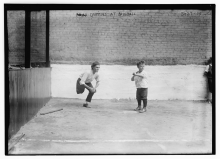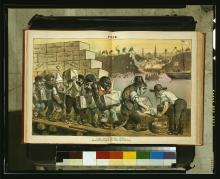See 2023 expanded update on this article.
Announcing the Reform to Equal Rights: K-12 Disability History Curriculum - open February 28, 2023! Free - 23 lessons - 200+ primary sources - inquiry-based - focus on agency by disabled advocates - Link here for the disability history curriculum.


